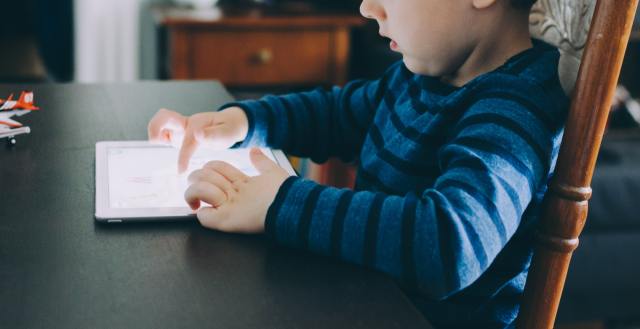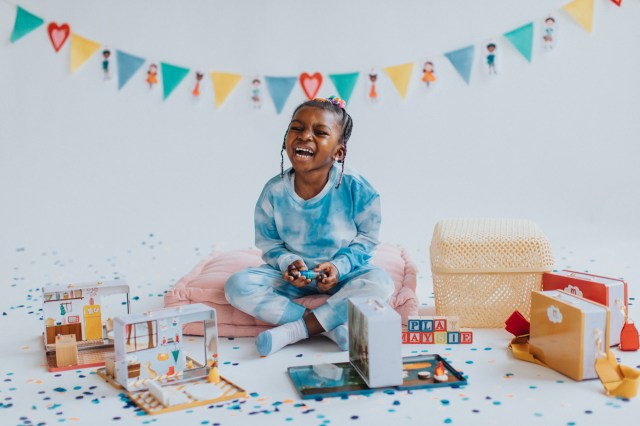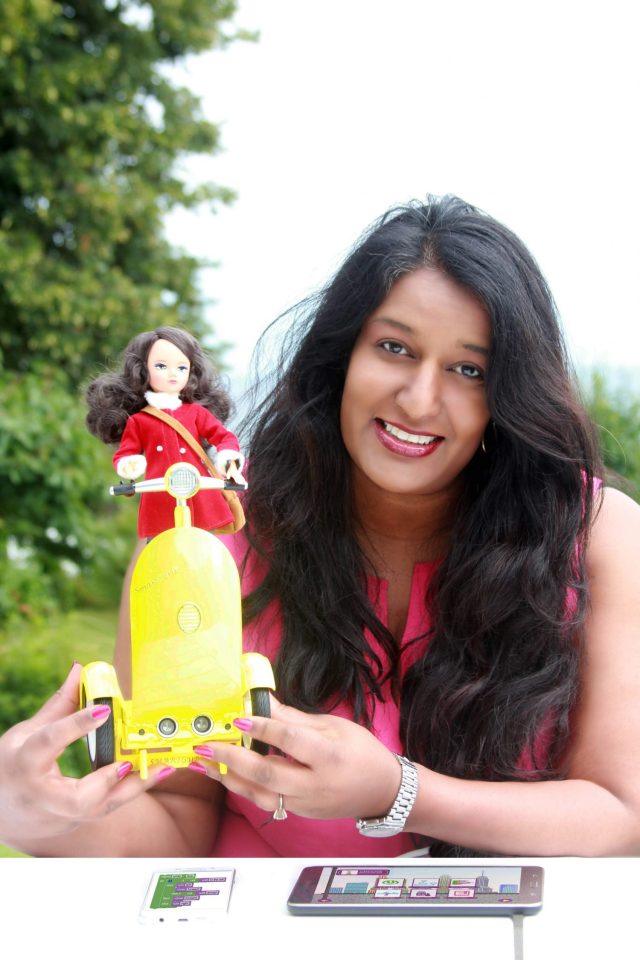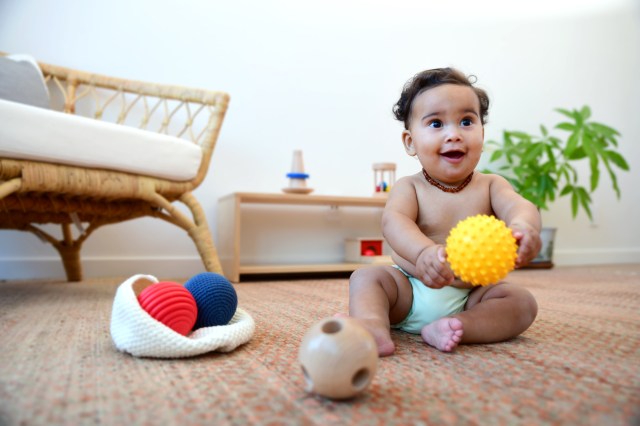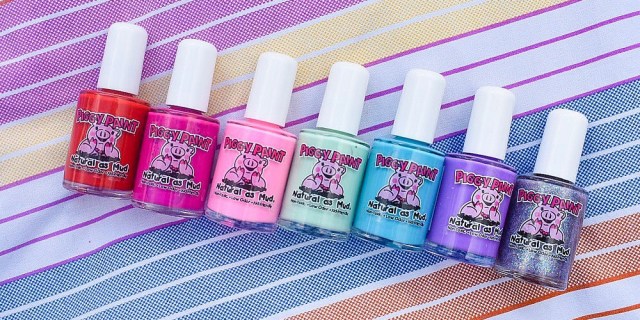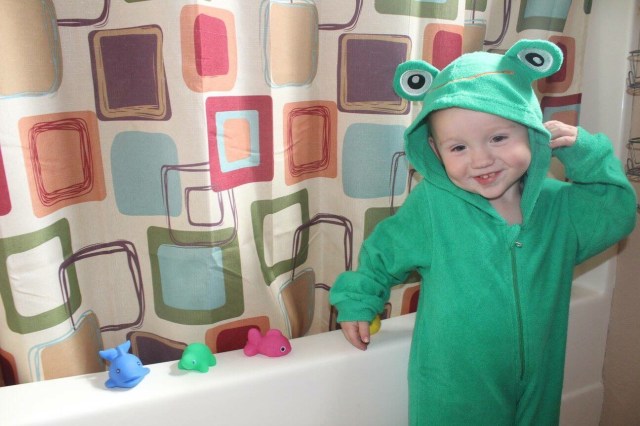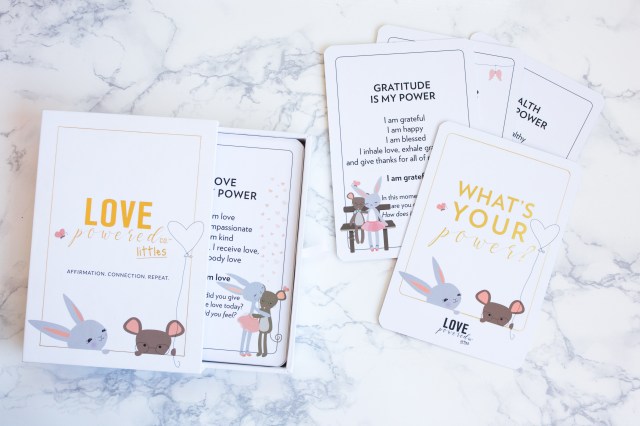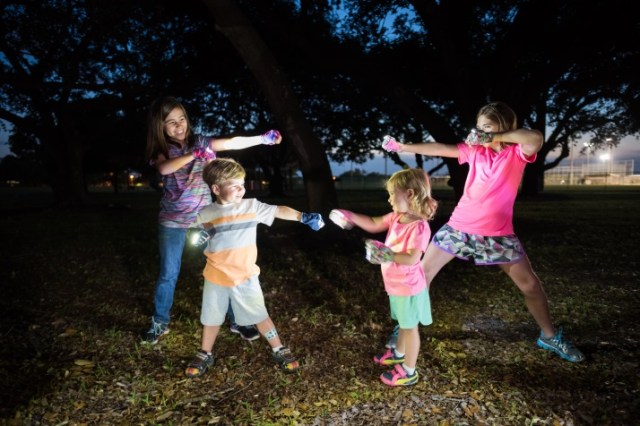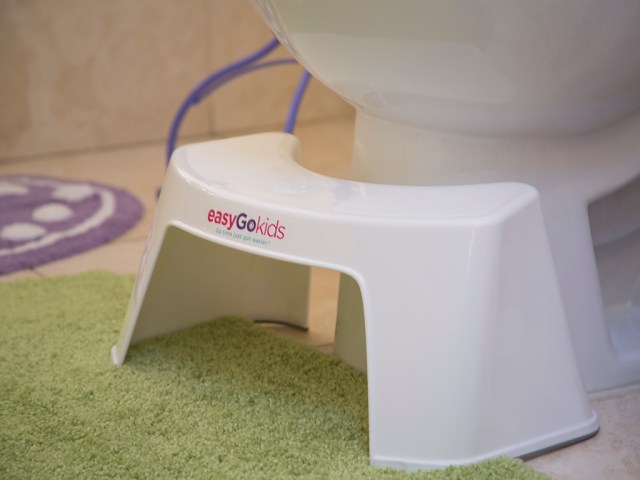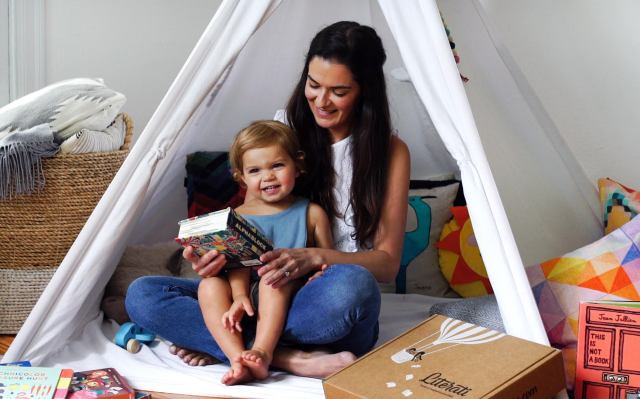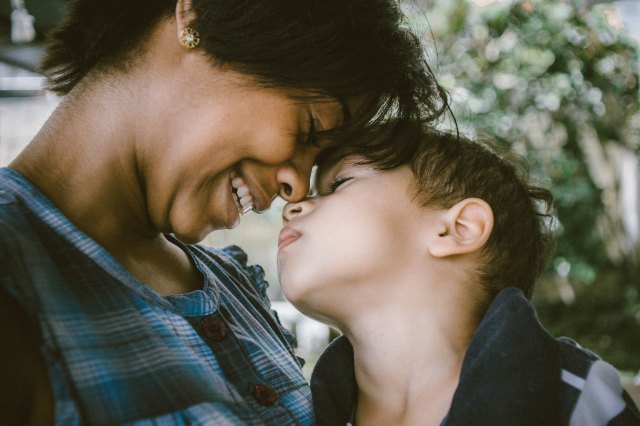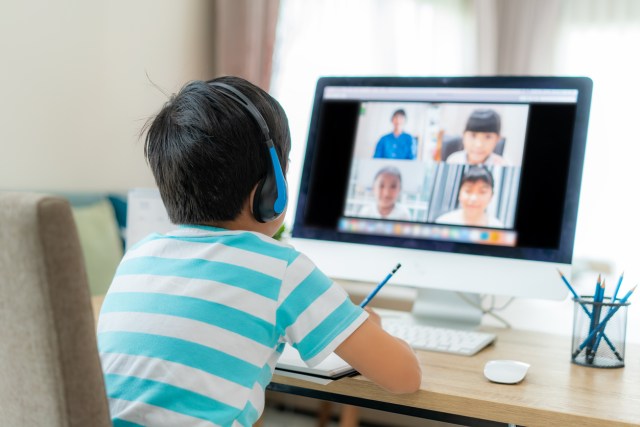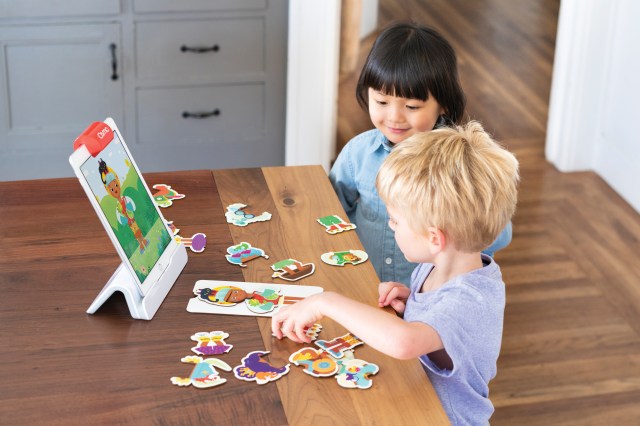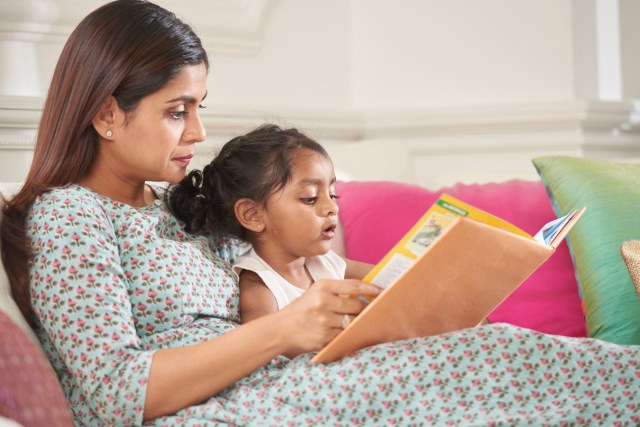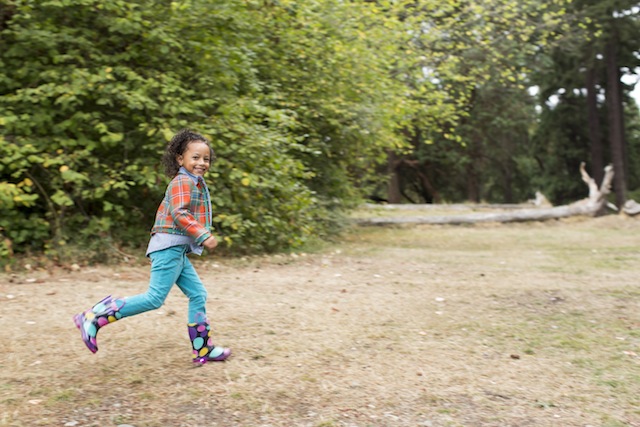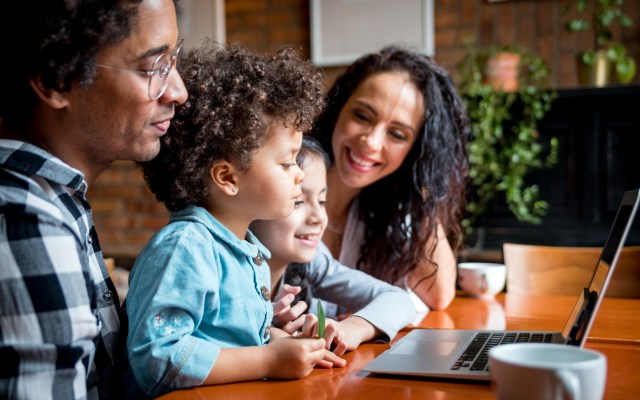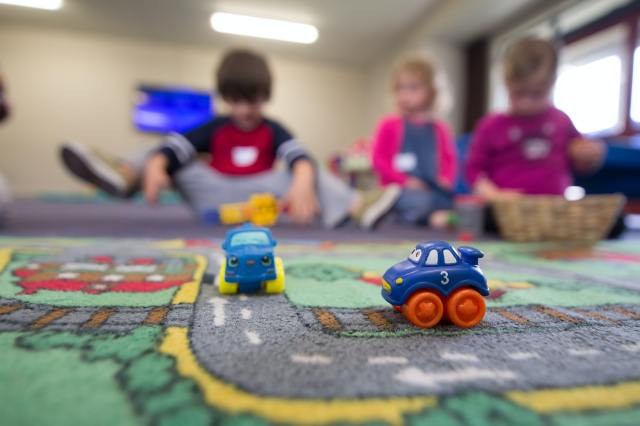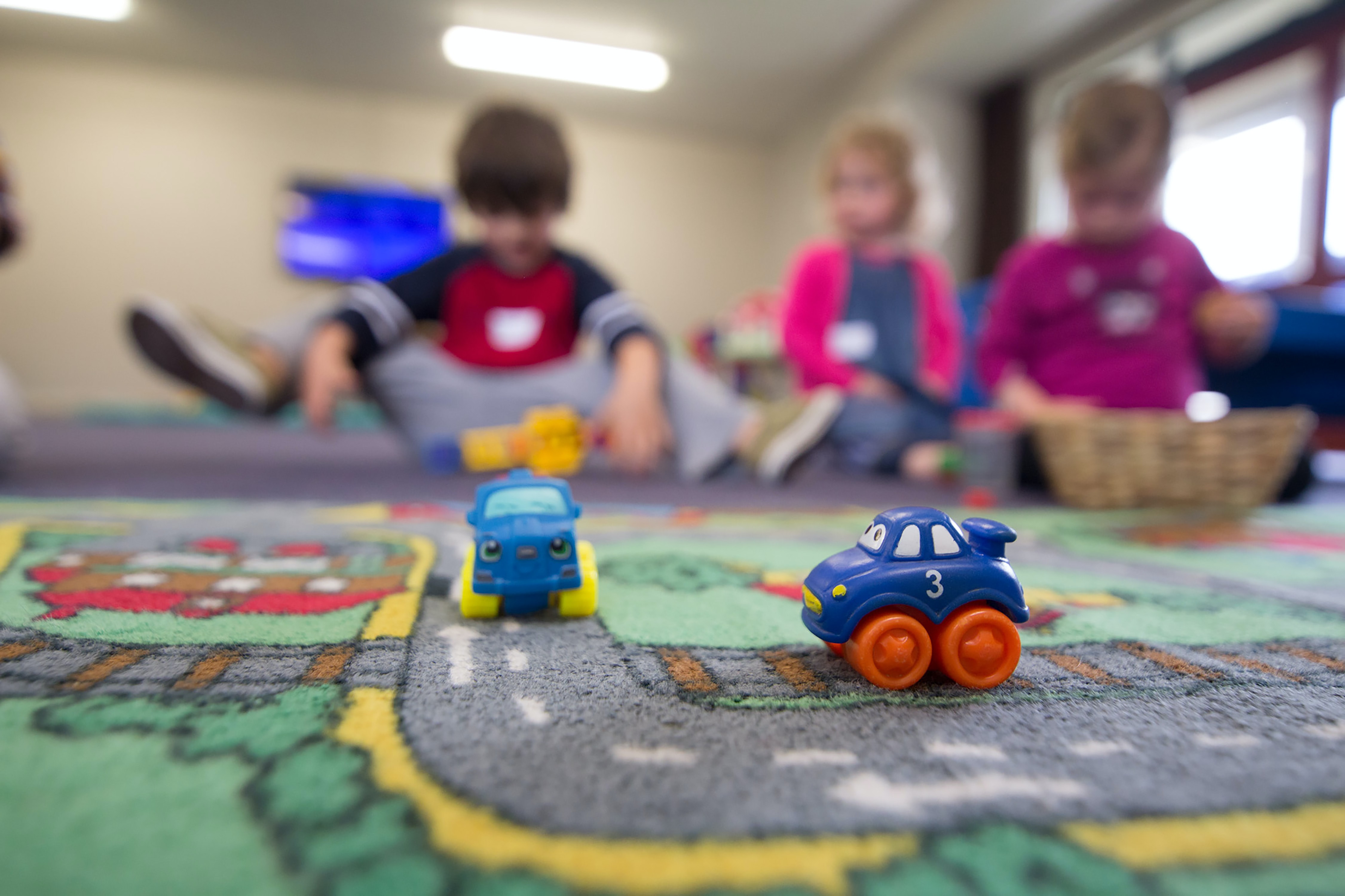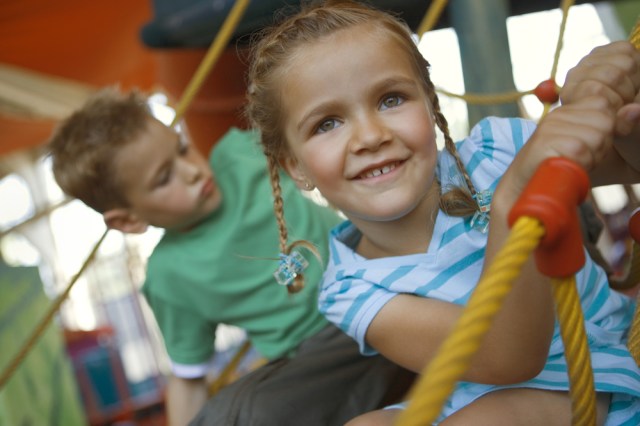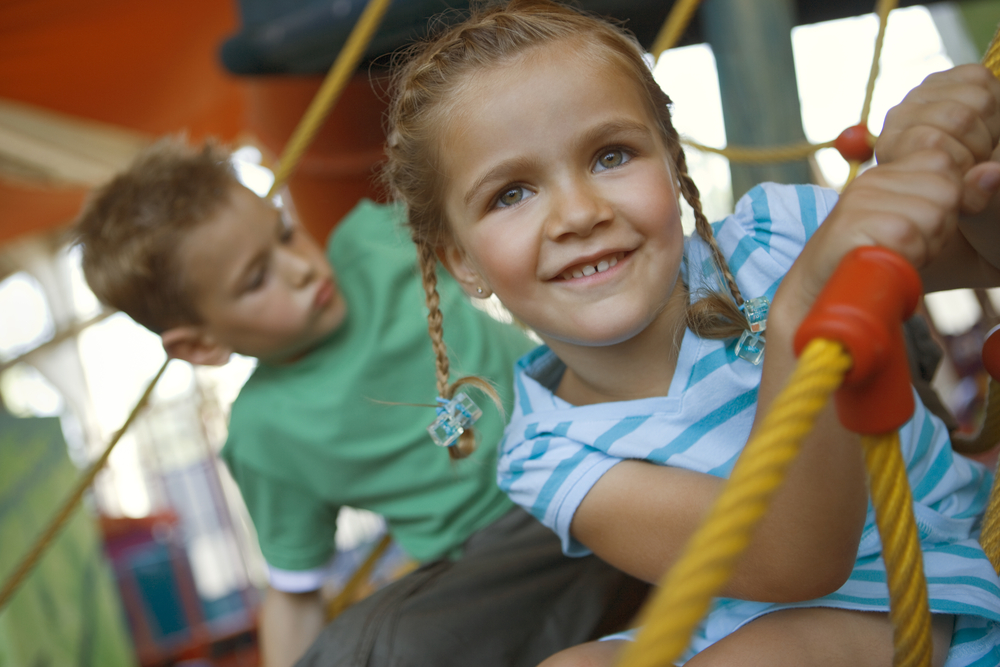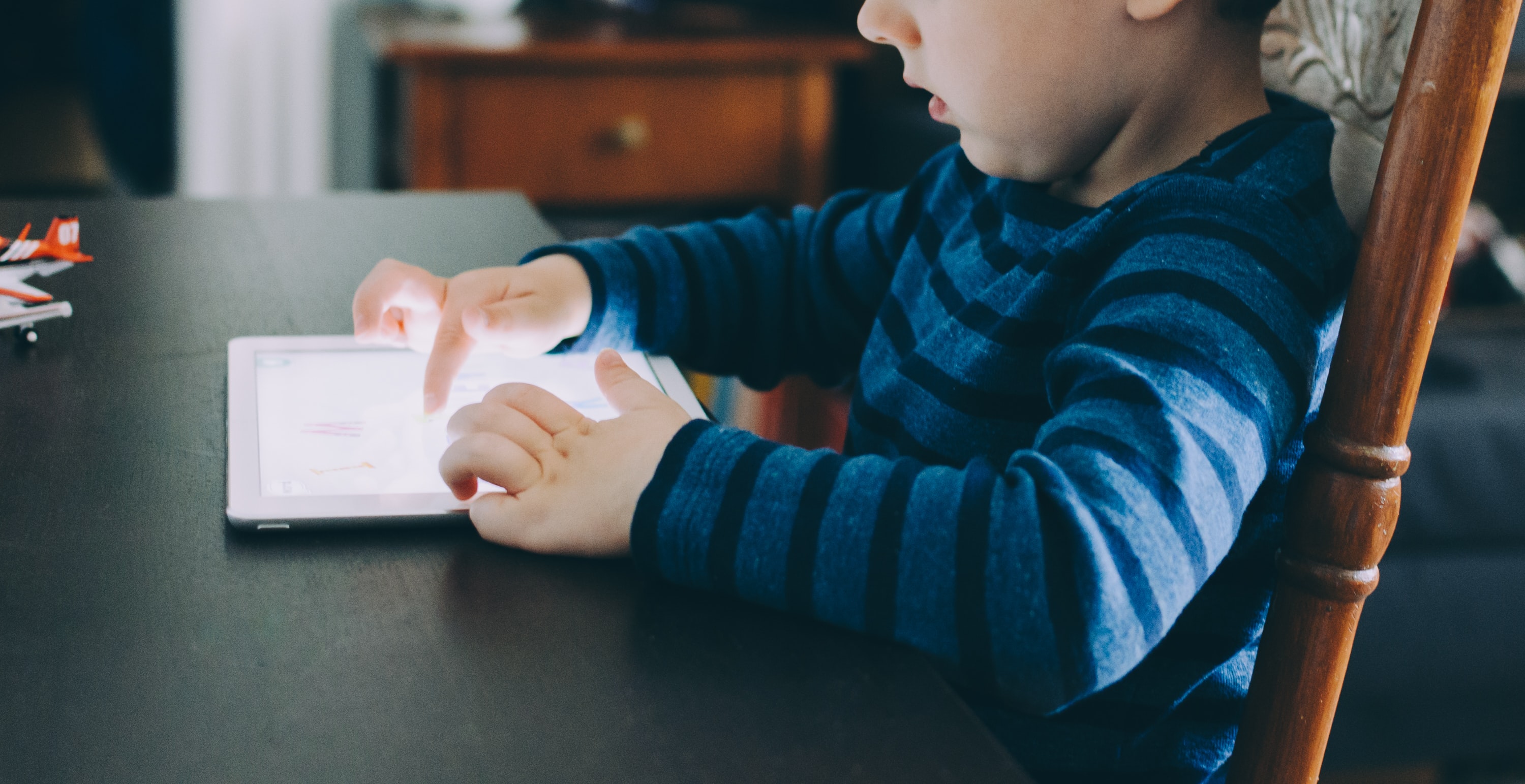
Xbox. Nintendo Switch. PlayStation. Netflix. YouTube. TikTok. Snapchat…Those are all words (and sometimes used as verbs in the case of Snapchat) we are used to hearing in my house because we have teenage and pre-teen children. Those words used to fill me with anxiousness because most of the time, it meant my kids had their eyes glued to a screen, and I worried they were turning into zombies while connecting to a world that I knew very little about. Not to mention connecting in a world that is technologically and socially a much different landscape than when my husband and I grew up in the late 1980s and early 1990s.
Naturally, as a parent, I became concerned about too much screen time, online safety, cyberbullies, stalkers, inappropriate interactions, terrible images, and more. In my mind, technology quickly became the enemy.
To ease my anxiousness and squash my concerns, I gave my children a long list of rules, screen time restrictions and monitored everything they did online. I thought my restrictions would help our family connect more because of their time limits. Let me be clear, my intentions were pure, and it is crucial to protect your children online, but my plan was causing nothing but resentment and disconnection.
I’ve always known that connecting with my children is a critical part of their social and emotional development. One of my favorite quotes is from a Kids In The House video. In the video, ADHD specialist and Author Edward Hallowell, MD, EdD, says, “By far, the most powerful force in life for development, joy, confidence, health; is the force of connection. At its most distilled, we call it love. I think that the bond between parent and child is the single strongest emotion in all of human existence. Then it spreads out into what I call a connected childhood. It is the greatest gift you can give your child.”
With connection on my heart, I continued trying to connect with my children in various ways. We would bake cookies, create crafts, go on walks, but often they would get bored, and often as soon as we would finish spending a moment together, they would head right back to technology. I was left wondering why we didn’t feel more connected, so I started researching.
An article I found on Child Development Info says, “Try not to seem judgmental about their hobbies. If your kids aren’t hurting anyone, you shouldn’t be concerned. If they start to feel that you don’t appreciate what they love, they’ll start to push you further away.”
Wait, were my best intentions causing my children to push me away? That was the last thing I wanted. Was my own experience growing up with little to no technology creating an unconscious bias in my mind about how they should grow up? That’s when it hit me; technology may not be the enemy after all. In fact, I could use technology to our benefit and connect with my children.
Instead of just implementing more rules and red tape, I pushed my technology judgments aside and picked up a device. Please understand that I didn’t throw all rules out the window, especially ones about being safe online; I did back off a bit and started playing their video games, watching their favorite Netflix shows, and making silly faces on Snapchat. It was like magic. Suddenly, we were engaging, interacting, laughing at the same memes, and sharing inside jokes. We’ve even had entire conversations using nothing but funny gifs on iMessage. If you don’t think this is possible, try it. I assure you it is. Now, I’m still not good at any of their video games. In fact, I don’t think I’ve won a single Mario Kart race, ever. Whenever I build on Minecraft, I get confused, and I’ve never mastered a TikTok dance. But the reality is that none of that matters. What matters is that we are connecting, and we are having fun.
With technology, the sky is the limit, and you can positively expose your children to a variety of interesting things that might otherwise not be possible were it not for technology. Other ways to connect with your children through technology include:
1. Listen to a podcast of their choice
2. Follow a blog of their choice together
3. Zoom/Facetime extended family and friends together
4. Take virtual field trips
5. Movie marathons (especially Marvel!)
6. Learn TikTok dances
7. Create YouTube videos together on topics of their choosing
8. Create digital art
9. Make digital music
10. Create memes together
11. Build an Instagram page together to highlight an important topic
12. Learn to DJ with your child
Out of curiosity, I asked my children two things. The first question was: Do they enjoyed it when we joined them online for games and connected with them via social media? All three immediately said yes. The second question I asked: Was their favorite way to connect with my husband and me through technology? While their answers were different, their message was loud and clear. My 5th grader said she likes playing Minecraft and Stardew Valley Xbox games with my husband because they spend time together. My 6th grader said she looks forward to watching our favorite Netflix or Disney Plus shows every night because she gets to spend time together as a family. My 9th grader said she likes communicating with the family via Instagram because we all send funny memes and posts. The message? They like being together.
My takeaway through all of this was that I needed to meet my kids where they were, not where I wanted them to be. They are living in a world filled to the brim with TikToks, memes, vines, YouTube clips, and more, so if you don’t speak that “language,” you face the risk of being less connected as a parent. Trust me, engage on their level, and you’ll quickly learn to speak the language. You’ll also quickly find new ways to connect, and connection is the greatest gift you can give to your child.
RELATED:
Check In with Your Children
Morning Coffee with a Side of Mom Guilt
The Surprising Thing a Pixar Movie Taught Me about Raising a Teenager
